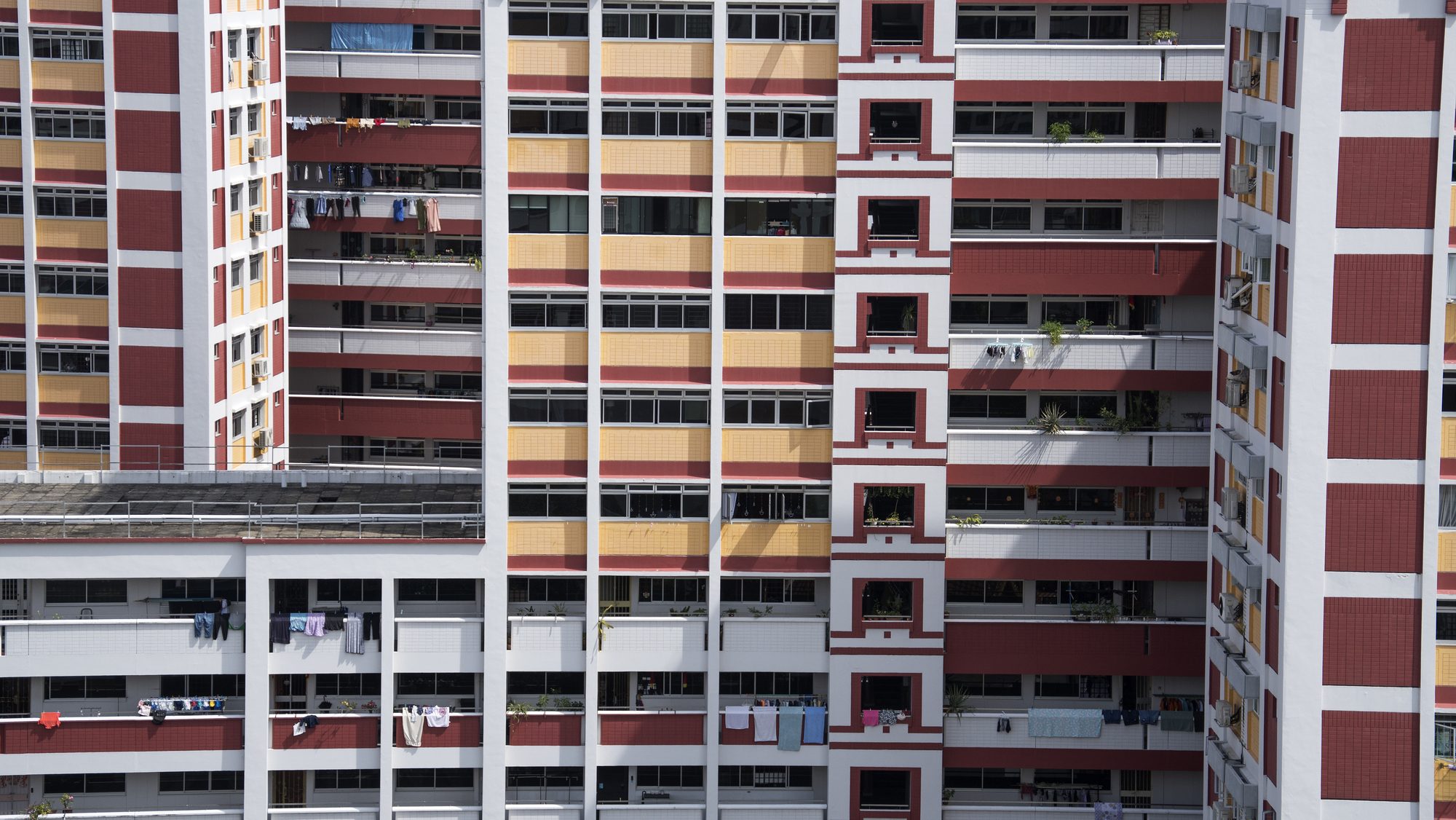SINGAPORE: On Feb 3, HDB announced that it will extend its heat-reflective paint initiative to all existing public housing estates by 2030 as part of its Green Towns Programme (GTP), a 10-year plan, which aims to make public housing more energy-efficient and climate-resilient.
This follows a pilot project involving about 130 HDB blocks in Tampines, which showed that the cool paint reduced ambient temperatures by up to 2°C. Sensors installed to track temperature and energy consumption confirmed that the coatings reduced electricity usage, as residents relied less on air conditioning.
Following the pilot’s success, HDB said it will work closely with Town Councils to implement the initiative across all existing estates by 2030.
Senior Minister of State for National Development Tan Kiat How highlighted the progress made since the launch of the GTP in 2021, despite early challenges posed by COVID-19. He noted that HDB is now scaling up its green initiatives to ensure “that every town meets the needs of current residents as well as for many generations to come.”
As the programme reaches its mid-point in 2025, HDB also announced new measures to be added to the GTP.
From 2Q2025, smart electrical sub-meters will be installed in HDB block consumer switch rooms. These meters will allow HDB and Town Councils to monitor and analyse energy use and the performance of common services like lighting, water pumps, and lifts in each block.
The data will help Town Councils optimise maintenance schedules and detect faults early to prevent unnecessary energy waste.
By 2030, all 38 HDB-managed complexes will undergo eco-friendly upgrades, including installing solar panels to cut energy consumption by 10 per cent, upgrading to water-efficient fittings to reduce water usage by 10 per cent, and providing food waste composting machines to reduce waste by 30 per cent.
HDB also aims to achieve BCA Green Mark Super Low Energy certification for four complexes this year, with plans to upgrade an average of eight more each year.
Also, in support of the National Environment Agency’s (NEA) Beverage Container Return Scheme, HDB will set up over 1,000 return points across its estates by April 1, 2026. These collection points, including reverse vending machines, are designed to encourage recycling and reduce packaging waste.
HDB also shared an update on current initiatives under the Green Towns Programme as of January 2025, including the following:
- Greenery intensification: By January 2025, 24 multi-storey car parks (MSCPs) have been upgraded with the prefabricated extensive green (PEG) roof tray system. Of these, five were planted with extensive greenery, and 19 were transformed into community gardens.
- Solar panels: Over 4,300 HDB blocks have solar panels installed, with more to be added over the next two years where feasible.
- Elevator Energy Regeneration System: More than 500 lifts have been retrofitted with the Elevator Energy Regeneration System (EERS), which recovers energy from lift movements and braking to power services like lighting, ventilation, and the display panel, reducing energy consumption by 20 per cent.
- Dual Bicycle Racks: Over 26,500 racks have been installed across 23 towns, with 30,000 expected islandwide by the end of 2025.
- Electric Vehicle (EV) Chargers: Over 3,600 EV chargers were installed at 850 HDB carparks—on track to reach the target of 2,000 by the end of 2025.
/TISG
Read also: Singapore to coat buildings with reflective paint to cool urban areas by up to 2°C—NTU pilot study
Featured image by Depositphotos (for illustration purposes only)

